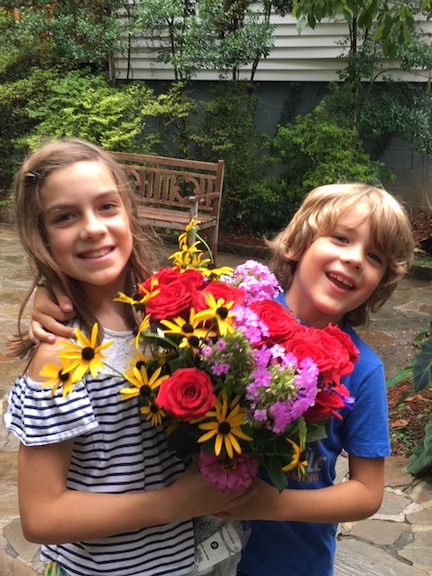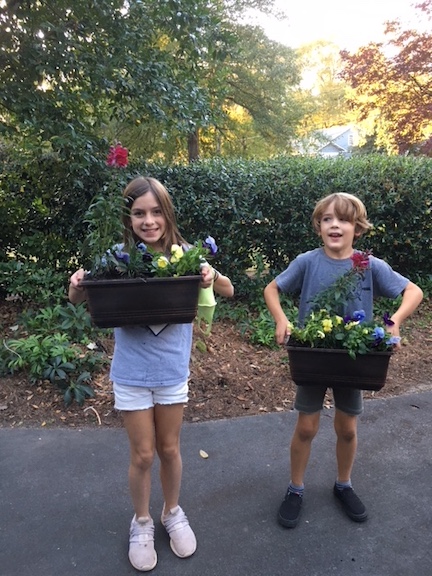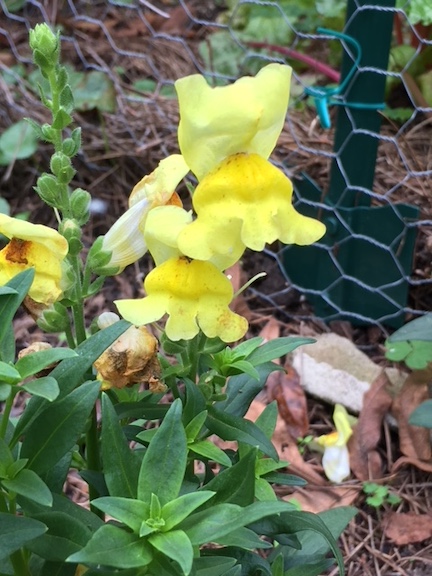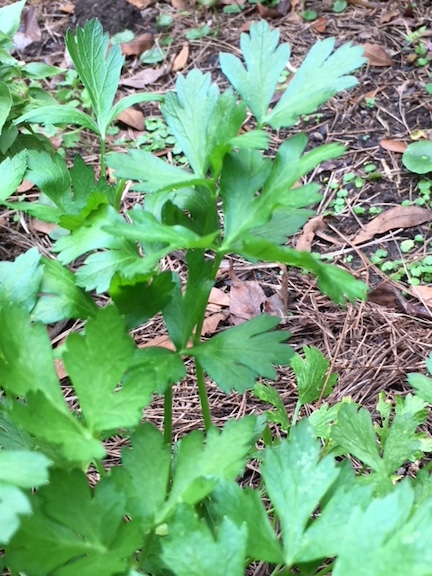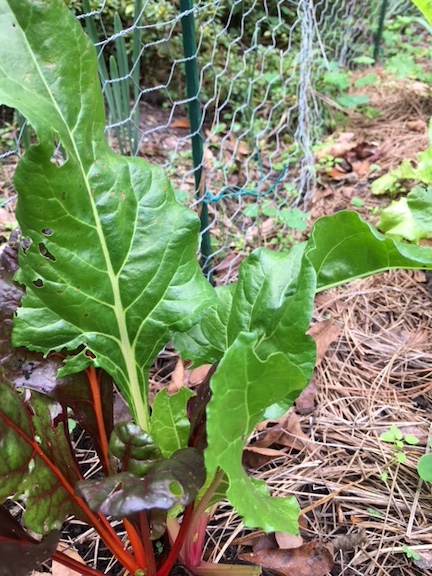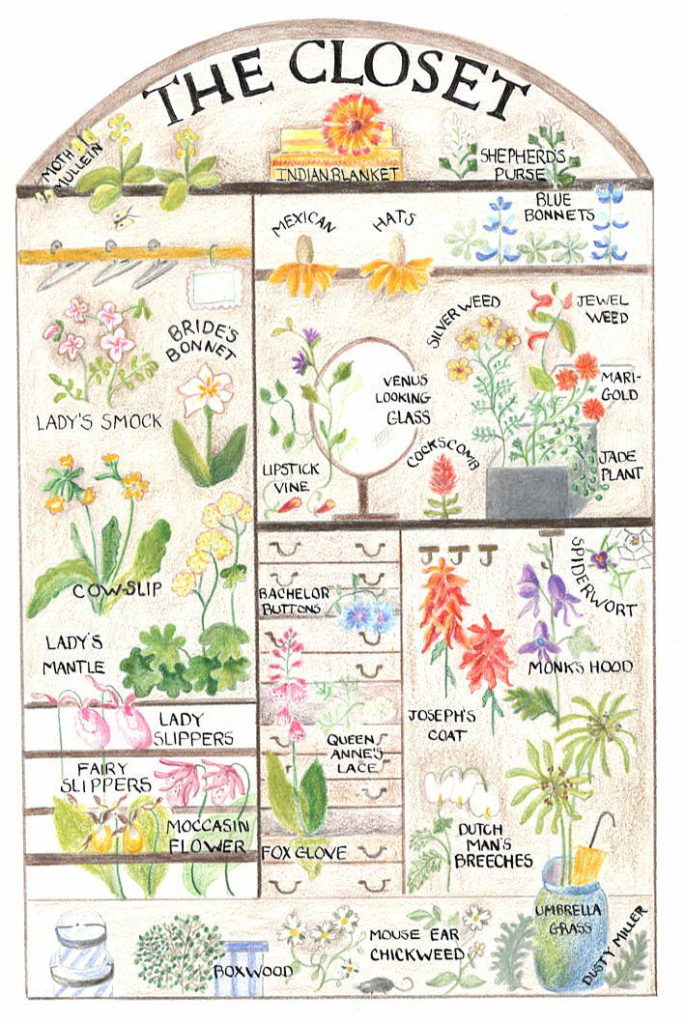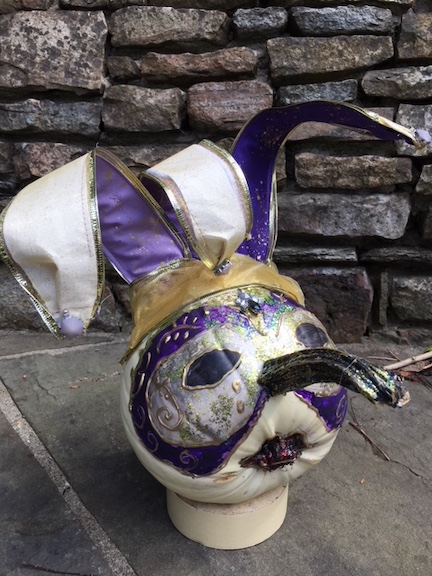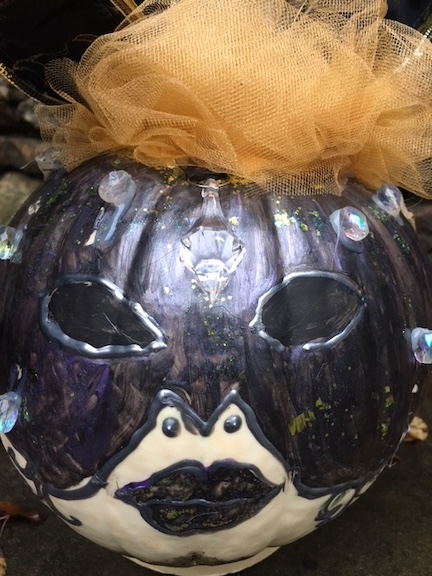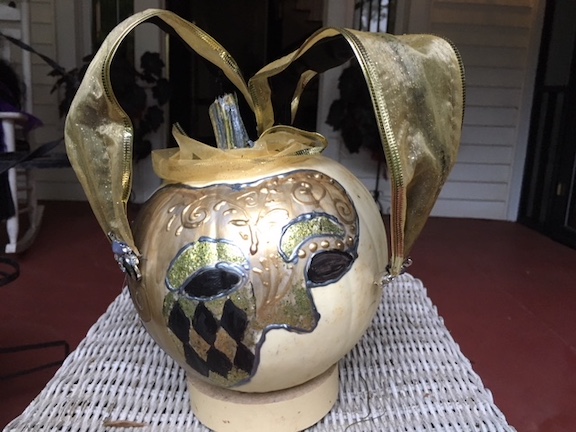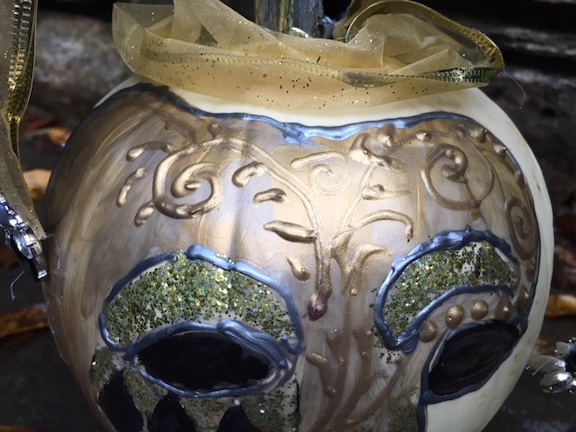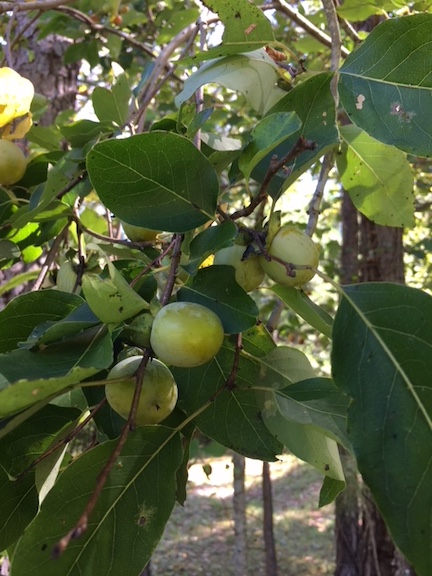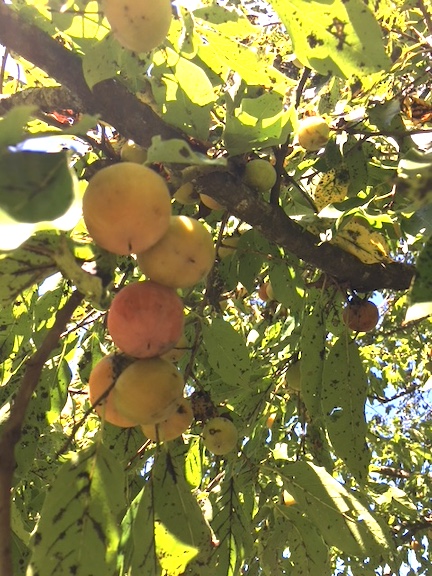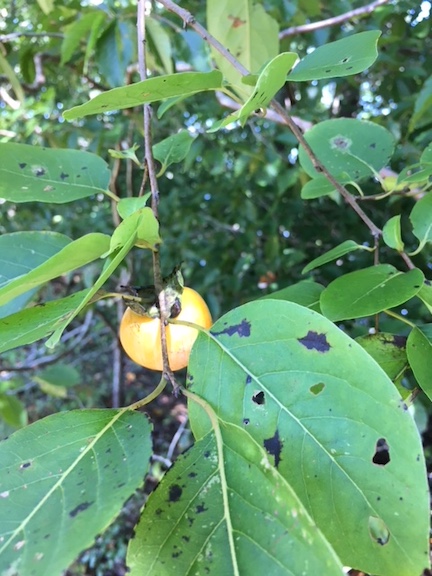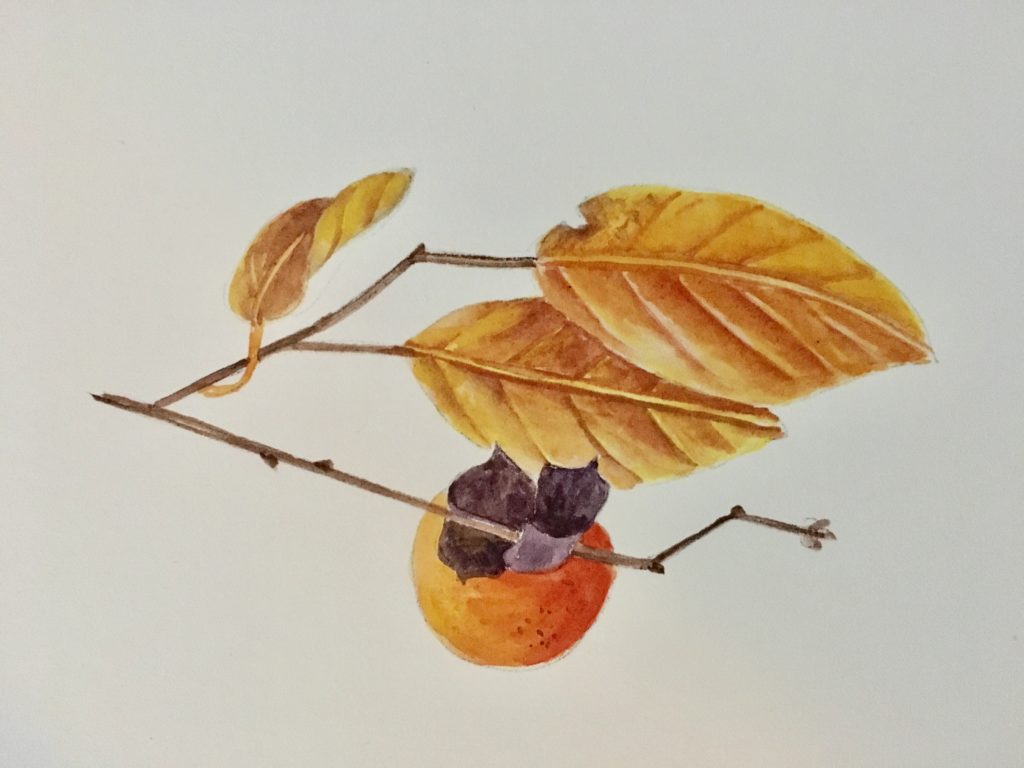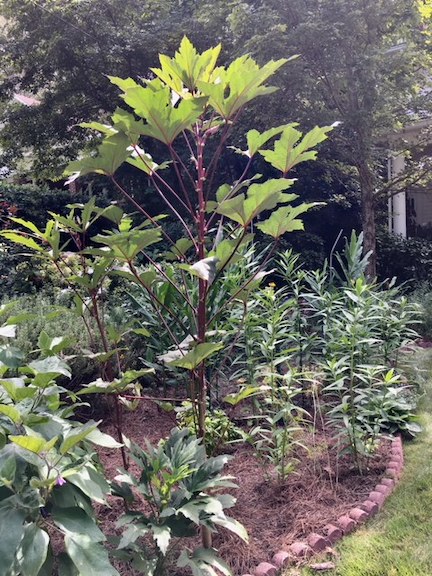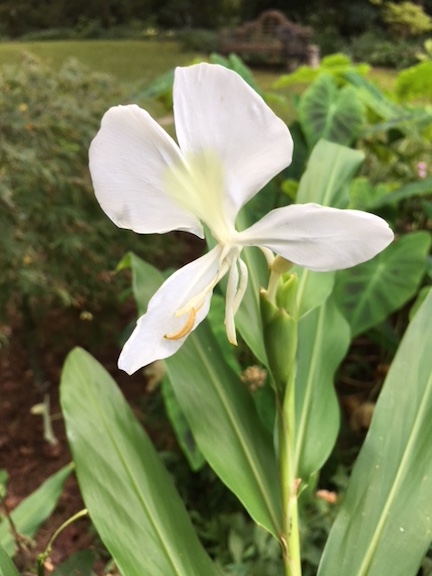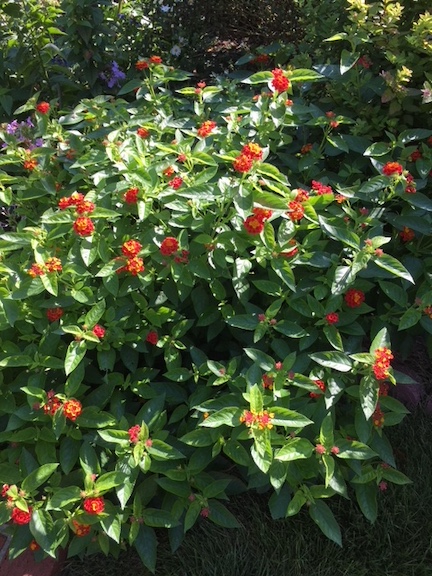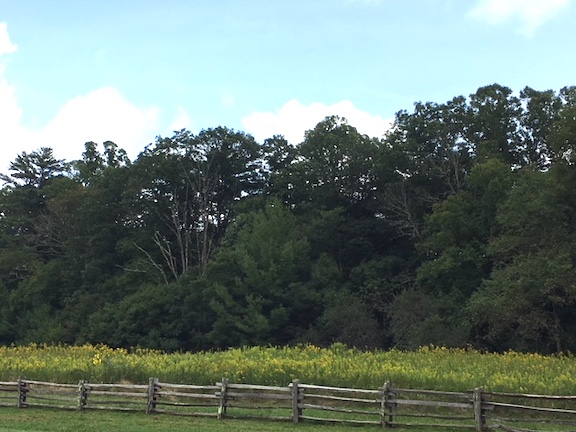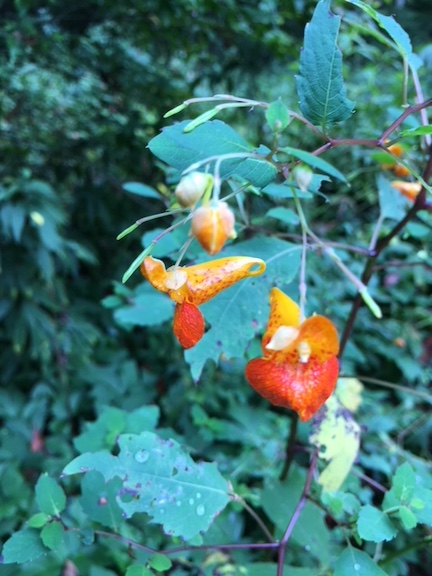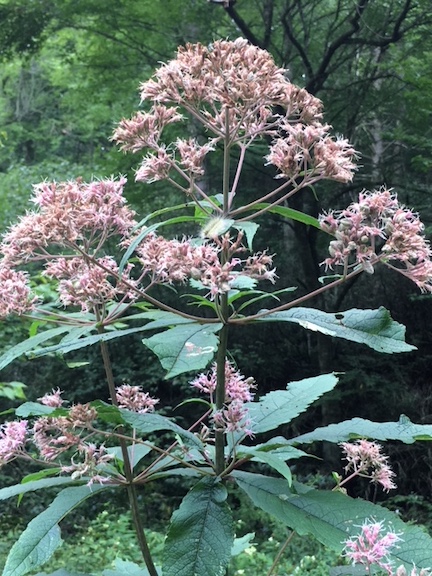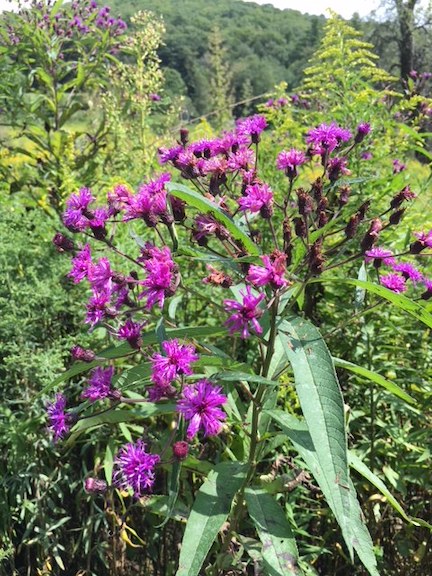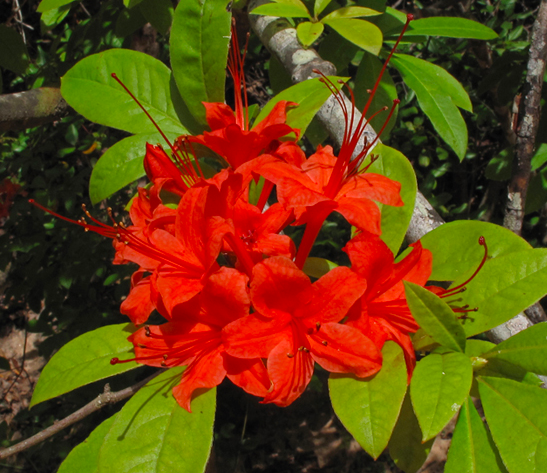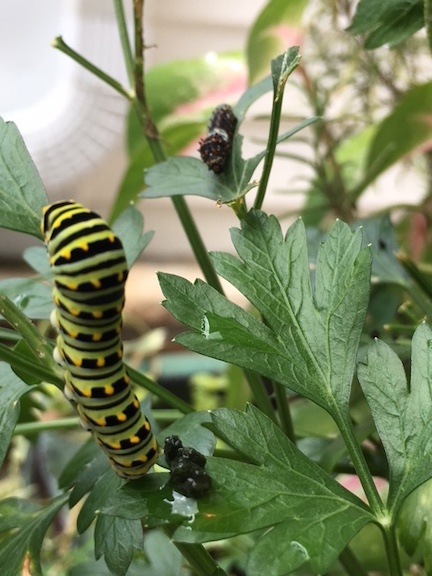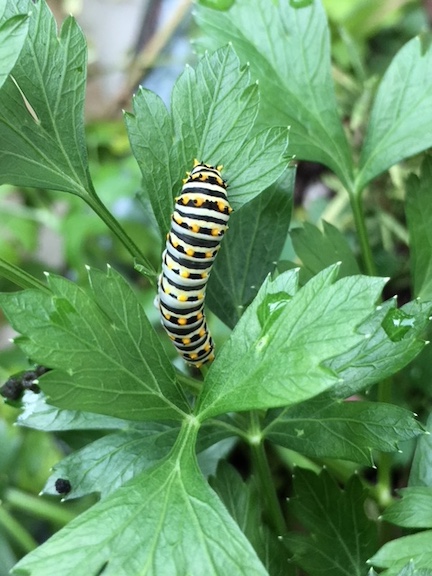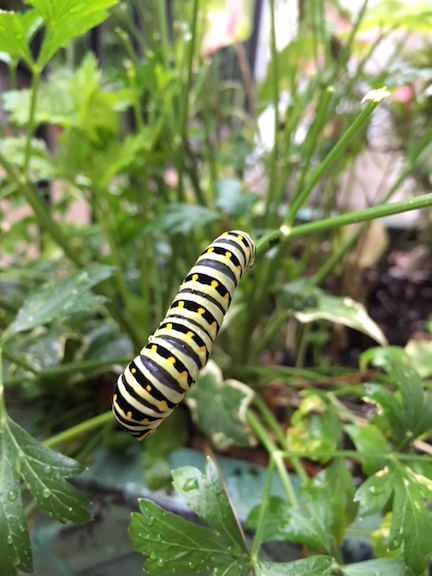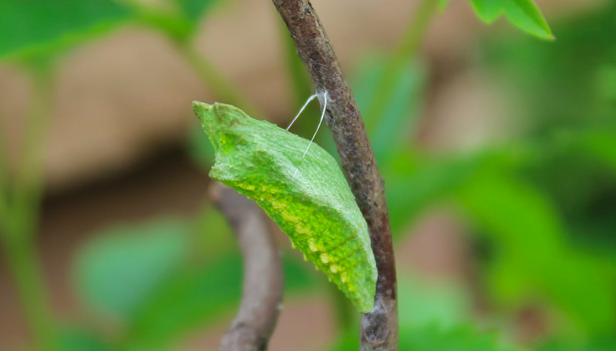I am passionate about making bread and, in my lifetime, must have made hundreds if not thousands of loaves. Lest you think I’m exaggerating, I’ve made two loaves of bread on the average of once a week for the last 45 years. You can do the math. That’s a lot of bread.

I’ll admit that I don’t always knead it by hand, though that’s my clear preference. But, when time is short and I have other projects going on, I’ll let the KitchenAid mixmaster do the kneading for me. I have never used a bread machine and though I’ve heard they’re excellent, I probably never will.
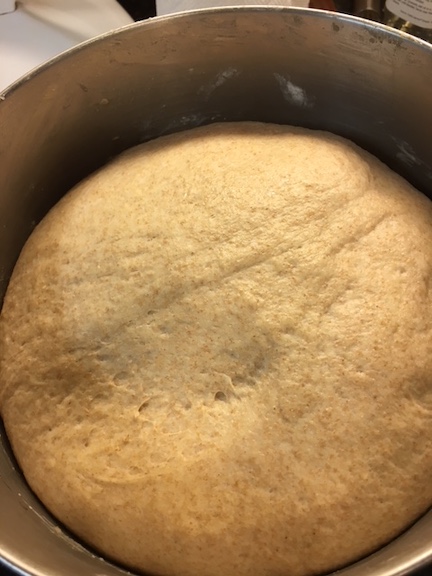
I’m not sure what attracted me to bread making in the beginning. I think it’s probably whatever keeps me enthralled 45 years later. I love the connection that I feel with bakers throughout the ages. It’s such an incredibly ancient craft that it makes me feel that I’m a link in a chain that has been unbroken for 10,000 years.
The first bread was said to have been made by Egyptians in 8000 BC. They used a grinding tool called a quern to crush the wheat into flour to be made into a bread somewhat like today’s tortilla.
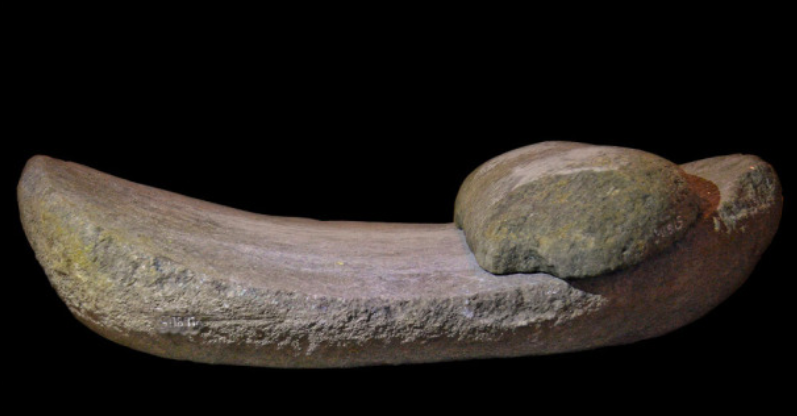
The magic of bread comes from the wheat, of course. And though I’ve considered growing my own wheat and grinding it into flour, that seems as if it would be a bit time consuming. Instead, I use the best flour I can find. There are very few ingredients in basic bread (flour, water, yeast and salt), but they are all absolutely essential. Once I made two beautiful loaves of whole wheat sandwich bread and then realized that I’d forgotten the salt. My grandson, Rivers, with his 13 year old faith in grandma, assured me that they would taste the same. After one bite, he pushed it away and told me next time, REMEMBER the salt.
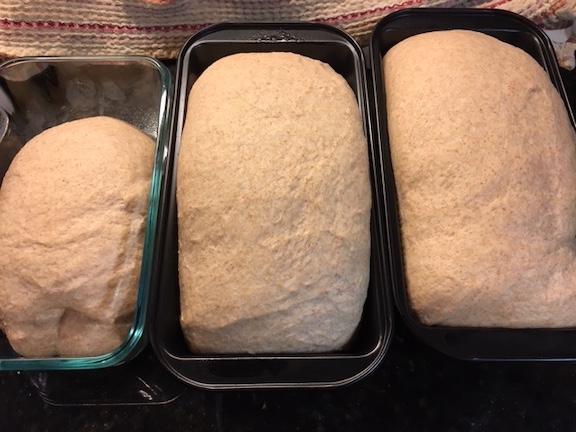
Speaking of the grandkids, I’m afraid they may be just a tiny bit spoiled. They are avid cheese toast eaters, but only if the bread is home made. Otherwise, they politely decline. I point out that they eat store bought bread at home but they just say, “yes, but not here.”
I love the way bread dough feels. If it’s done just right, it is springy but not sticky, it is pliable without being too stretchy and it smells divine.

Though I make several different kinds of bread from Black Russian to Sally Lunn, I usually end up making a whole wheat sandwich bread. After all, I have all those cheese toasts to make! After this strange and challenging year, we still have much to be thankful for, including our daily bread.
Happy Thanksgiving to you all. I hope that it is a safe and joyous holiday for you and your families.

